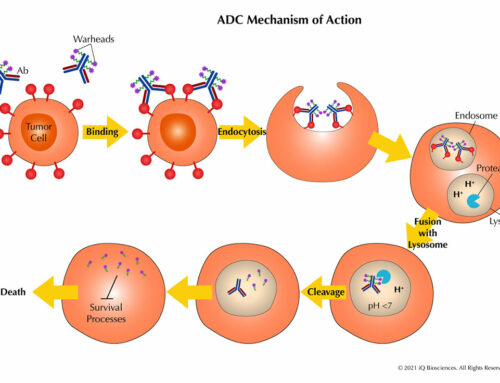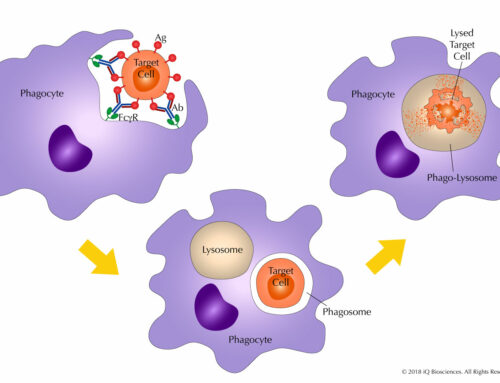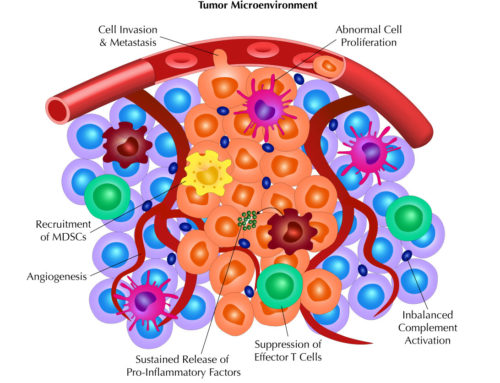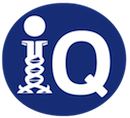What molecules can modulate the immune response? What are examples of those being developed as therapeutics?
This is Part 2 of our series, “Immuno-Oncology: I-O, I-O, Off to Fighting Cancer We Go…”. Miss Part 1? Catch up here.
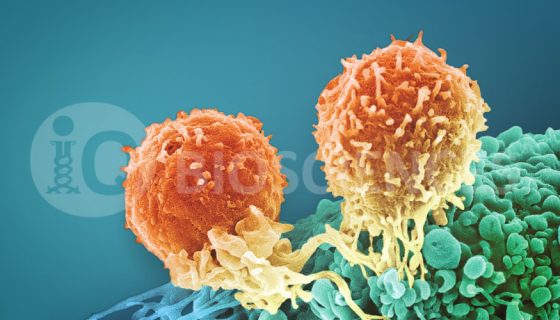
What are some of the molecules that inhibit immune response currently being developed?
As mentioned in Part 1, therapeutics against checkpoint inhibitor molecules, such as CTLA-4 and PD-1, are currently approved for certain indications while also undergoing clinical trials for others. In addition, trials are underway for therapeutics that target PD-L1, the ligand for PD-1, which is found to be up-regulated in many cancer types.
PD-1 and CTLA-4 function as inhibitors of lymphocyte activation when engaged to their cognate ligands by down-regulating signaling required for function. Thus, blocking their engagement to their respective ligands would enhance or sustain lymphocyte function, such as proliferation, cytokine production, and cytotoxicity. Indeed, this is thought to be the mechanism of action by which Yervoy®, Opdivo®, and Keytruda® works.
In the same class of molecules that inhibit lymphocyte function are other proteins that are currently being developed as targets. These include GITR, LAG-3, TIM-3, and TIGIT. All 4 are expressed on lymphocytes and function to down-regulate the immune response. Various companies and institutions are in different stages of development for these targets and competition to obtain market share is expected to be intense.
What are other molecules that can modulate the immune response?
In contrast to the inhibitory molecules of lymphocyte function described above, there are molecules that will help stimulate lymphocyte activation. In this case, when the molecule engages its cognate ligand, function is enhanced which leads to a more robust and sustained immune response. Thus, the approach is to develop a molecule that binds these co-stimulators as an agonist.
Indeed, many companies are also targeting these molecules as a way to enhance and sustain the immune response. Some targets include, but are not limited to, CD40, OX40, ICOS, and 4-1BB, which are all expressed on lymphocytes.
However, a cautionary tale must be told when targeting a co-stimulatory molecule. Targeting these molecules may lead to an uncontrolled immune response, resulting in cytokine release syndrome (CRS), which may cause organ failure and possibly death. The classic example is the story of TGN1412, a molecule that targeted CD28, another co-stimulatory molecule on T cells. Administration of TGN1412 in Phase I clinical trials led to rampant T cell activation in human subjects, resulting in severe cases of cytokine release syndrome, requiring hospitalization and intense care.
Additional testing for molecules that target stimulatory molecules with Cytokine Release Assays (CRA) would aid in predicting this type of unwanted response. For more information on TGN1412 and CRAs, see our previous blog series: Cytokine Storms a-brewing.
What types of therapeutic are currently being developed?
The only type of therapeutic currently approved by the FDA comes is in the form of a monoclonal antibody. However, other types of molecules currently being tested include: 1) short peptides that can block engagement between inhibitory molecules and their ligand(s), as well as 2) small molecules that can regulate inhibitory signaling pathways, trafficking in the tumor microenvironment, and lymphocyte infiltration into the tumor.
Although not a molecule, another type of immunotherapy is adoptive cell transfer (ACT) of T cells expressing chimeric antigen receptors (CAR T cells). Here, immune cells are collected from a patient’s blood and genetically engineered to express a special receptor that recognizes the patient’s tumor cells. These genetically engineered cells are then expanded and infused back into the patient. This type of immunotherapy is in the early stages; however, the results have been quite promising in advanced acute lymphoblastic leukemia.
Altogether, there are a good number of targets to research and target, and there are many types of strategies that can be used to modulate the immune response to fight cancer.
In our next blog, we’ll discuss the type of assays used for the study of immune response modulation. Join us next time for Part 3 of our series on immuno-oncology!
Learn more about iQ Biosciences’ expertise in performing immune checkpoint functional and interaction assays.

